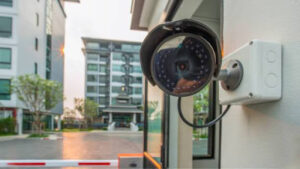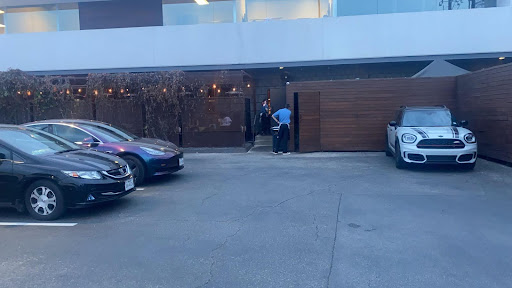As the commercial real estate sector thrives in San Antonio, developers and property owners must prioritize safeguarding their assets. In today’s landscape, threats can arise from diverse sources, spanning from petty crimes to sophisticated attacks. Therefore, it’s crucial to establish strong security measures. This comprehensive guide delves into essential considerations and best practices for deploying tailored property security solutions in commercial estate projects.
The Importance of Property Security
Property security is a multifaceted concept that encompasses various aspects, including physical security, access control, surveillance, and emergency response planning. Failure to address these elements can result in significant financial losses, legal liabilities, and reputational damages. Moreover, a secure environment is essential for attracting and retaining tenants, employees, and customers, ultimately contributing to the overall success of a commercial real estate venture.

The best practices for implementing effective property security solutions are:
1. Planning for Security from the Ground Up
It’s crucial to integrate security protocols early in the development lifecycle to minimize risks and costs in the long run. During the initial planning phases, developers should collaborate closely with security consultants and local law enforcement to conduct thorough risk assessments.
2. Physical Security Layers
A multi-layered approach combining multiple physical security elements is generally recommended for commercial estates to establish rings of progressive protection. Typical physical security measures include:
3. Perimeter Fencing & Gates
Robust perimeter fencing topped with anti-climb or anti-cut protections like razor wire should enclose the construction site and complete development. All access points must be secured with lockable gates monitored by security personnel or integrated access control systems.
4. External Lighting
Proper external lighting is a simple yet effective deterrent. The entire perimeter and key internal areas should be well-illuminated to maximize visibility and remove shadowy areas where intruders could lurk.
5. CCTV Surveillance
Deploying comprehensive CCTV coverage with motion-activated cameras offers continuous video monitoring and recording capabilities, enabling the detection of unauthorized access attempts or suspicious activities. It’s essential to strategically position cameras to eliminate blind spots.

6. Security Staffing
Deploying professional security officers for mobile patrols, static guarding of entry/exit points, monitoring surveillance feeds, and rapid response is a frontline physical security measure, especially during construction phases.
7. Access Control Systems
Automated access control systems, such as smart card entry, biometric readers, and electronic locks, limit access exclusively to authorized personnel throughout the site’s internal areas and buildings, based on credential clearances and schedules.
8. Keeping Construction Sites Secure
Construction sites for commercial estates face unique security challenges that warrant careful planning and robust temporary measures until building work is completed:
9. Secure Site Boundaries
Full perimeter fencing with lockable truck and personnel gates must secure the construction area and materials stores. Fencing should be frequently inspected for attempts at breaches.
10. Access Protocols
Strict site access procedures like issued ID badges, guards checking credentials at entry points, visitor policies, and driver’s license checks for all vehicles are critical.
Keeping Construction Sites Secure
Construction sites for commercial estates encounter distinct security challenges, necessitating meticulous planning and robust temporary measures until the completion of the building work:
- Secure Site Boundaries:
- Erect full perimeter fencing with lockable truck and personnel gates to secure the construction area and materials stores. Regularly inspect the fencing for attempted breaches.
- Access Protocols:
- Enforce strict site access procedures, including the issuance of ID badges, guards verifying credentials at entry points, the implementation of visitor policies, and conducting driver’s license checks for all vehicles.
- Equipment Protection:
- Due to their high value, construction equipment and tools are prime targets for criminal activity. Store them in locked, secure compounds when not in use, and disable larger machinery when left overnight.
- Asset Tracking:
- Implement QR codes, RFID tags, or other asset tracking solutions to monitor material movements on and off site, thus preventing theft and minimizing inventory losses.
The Future of Property Security in Commercial Real Estate
In summary, property security holds significant importance for every commercial real estate development project in San Antonio, TX. Next Level Valet Parking’s comprehensive approach, covering physical security measures, access control, surveillance, emergency response planning, and ongoing training, showcases the company’s dedication to fostering a safe environment for its clients and stakeholders. As the industry evolves and confronts new challenges, companies such as Next Level Valet Parking will be instrumental in guaranteeing the success and sustainability of commercial real estate ventures.

